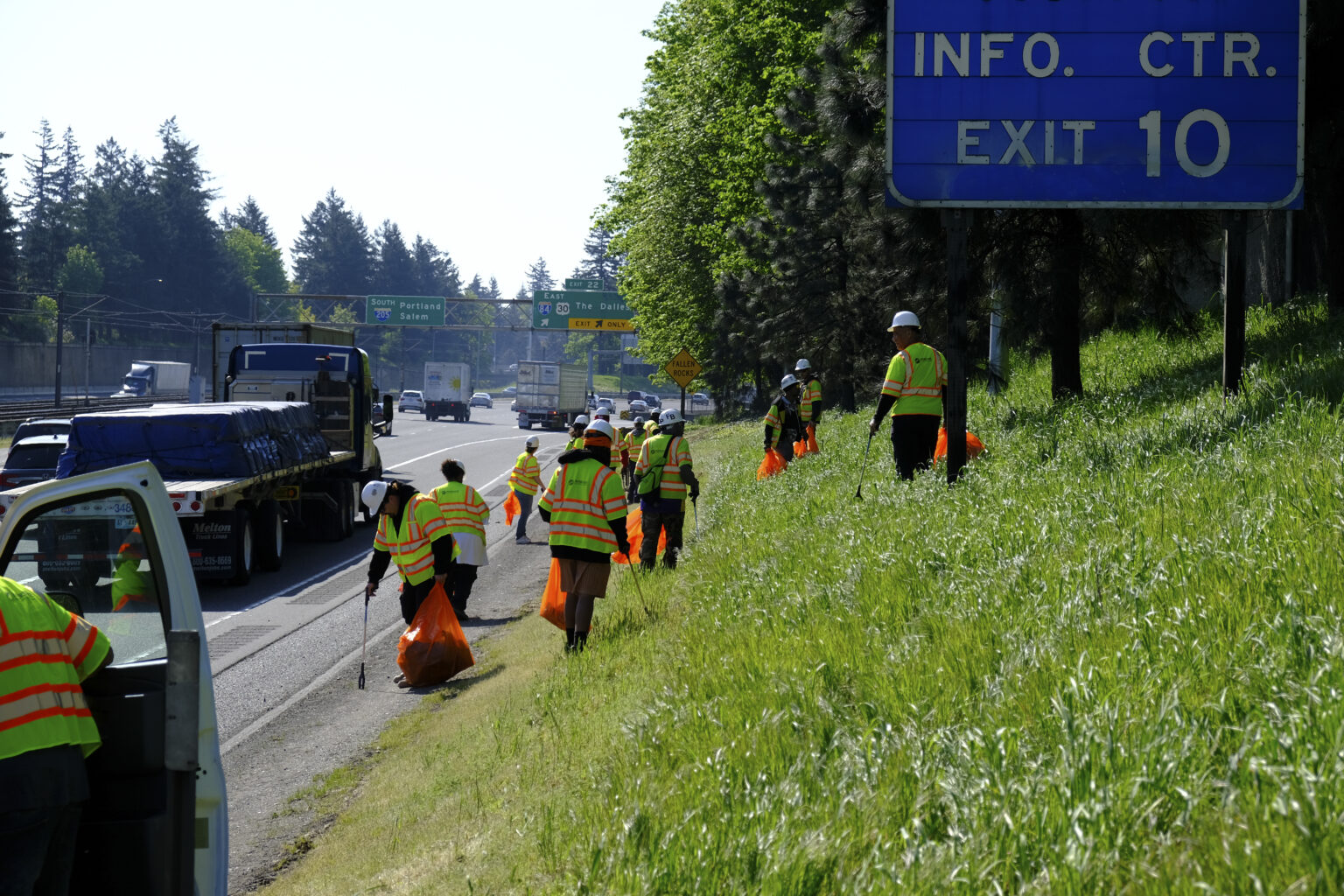Aston Martin? Not all clunkers were junkers
Published 5:00 am Sunday, September 27, 2009
DETROIT At its creation, a 1997 Bentley Continental R was one of the most powerful and exclusive cars in the world, with every hand-built copy from the English countryside valued at $300,000 and beyond.
A few weeks back, the owner of one such Continental R decided it wasnt worth more than $4,500, had its engine destroyed and shipped it to a junkyard with the rest of Americas clunkers.
Trending
Its one of several rare or surprisingly new vehicles destroyed under the Obama administrations Cash for Clunkers program designed to sweep old gas guzzlers off U.S. roads. According to new government data, the rebates of $3,500 or $4,500 were enough to doom the Continental and a 97 Aston Martin DB7 Volante that once had a sticker price of $135,000 to the crusher.
And 37 people decided to clunk models that were less than a year old.
Beyond car lovers grief over why anyone would destroy sweet rides like a 1999 Mercedes C43 AMG, the value of the junked jalopies plays a major role in deciding whether the $3 billion program helped the economy. Two economists at the University of Delaware said Tuesday that assuming the average clunker was worth just $1,000, the costs outweighed all benefits by $1.4 billion.
While the data provided by the federal government doesnt give any indication of the clunkers mileage or condition when they were turned in, the vehicles had to be in running condition and insured for at least the past year.
Some enthusiasts would have paid many thousands of dollars for the rare 1987 Buick GNX destroyed under the program; only 547 were built. The nations supply of used Chevrolet Corvettes was thinned by 131, including 34 convertibles, and the program also liberated 22 Americans from the burden of owning a Peugeot.
The 2008 model year vehicles deemed clunkers ranged from a Scion xD to 10 Mercury Grand Marquis sedans to two copies of special edition F-150 pickups, sporting 450-hp V-8s and Chip Foose-designed paint jobs.
Trending
The most popular clunker was the Ford Explorer, with 69,887 copies turned in, accounting for roughly 10 percent of the trade-ins under the program. Under federal law, only vehicles built after 1984 were eligible for the program, and the trade-in rules favored trucks over cars to spur the removal of less efficient models.
Backers of the program have credited it with snapping the U.S. auto industry out of its worst slump in decades and bringing factory workers back as automakers ramp production and spurring sales of fuel-efficient models.
But several economists have questioned that, contending that the clunkers had a value to society that has to be added into the programs costs. Burton Abrams and George Parsons, University of Delaware professors, said in a study that the clunker program likely cost the country $2,600 per vehicle while producing benefits worth $596 per trade leaving a gap of about $2,000 on every clunker.
Abrams and Parsons said all of the programs benefits derived from burning less fuel, and any increase in auto production or employment were a transfer of wealth rather than real economic growth.








